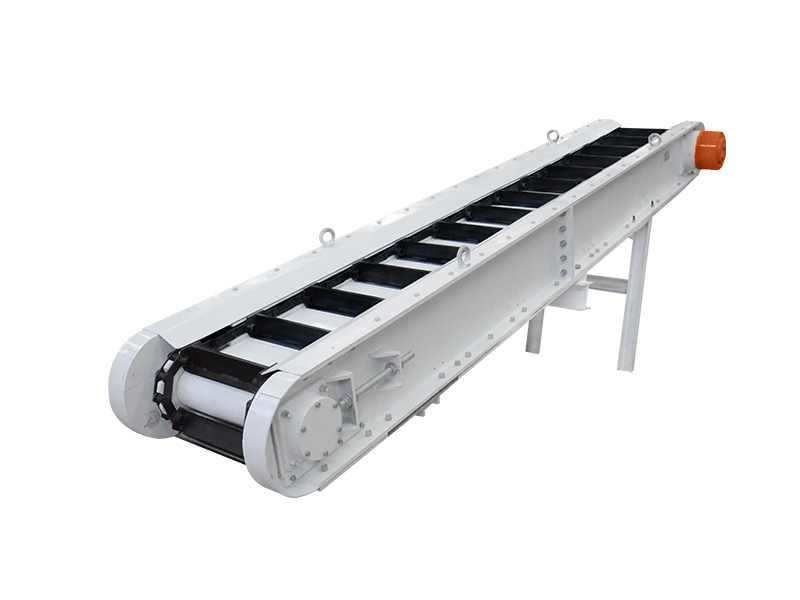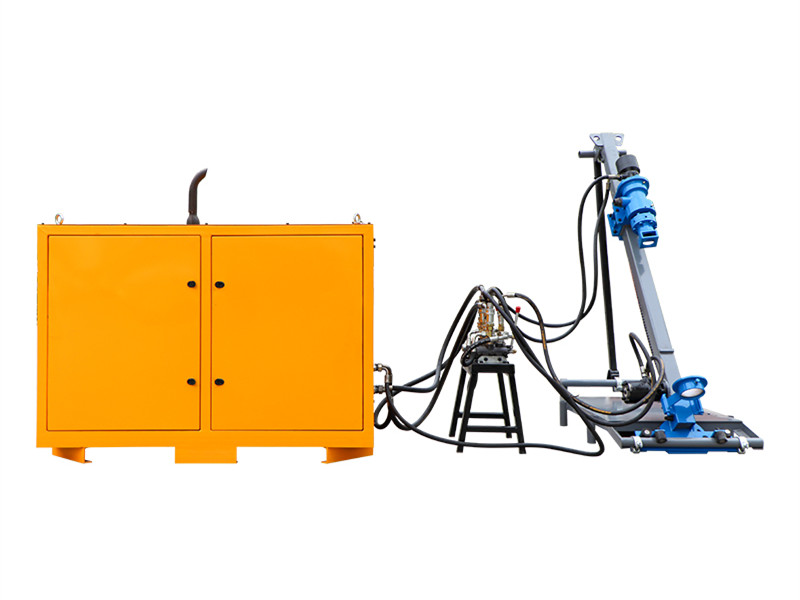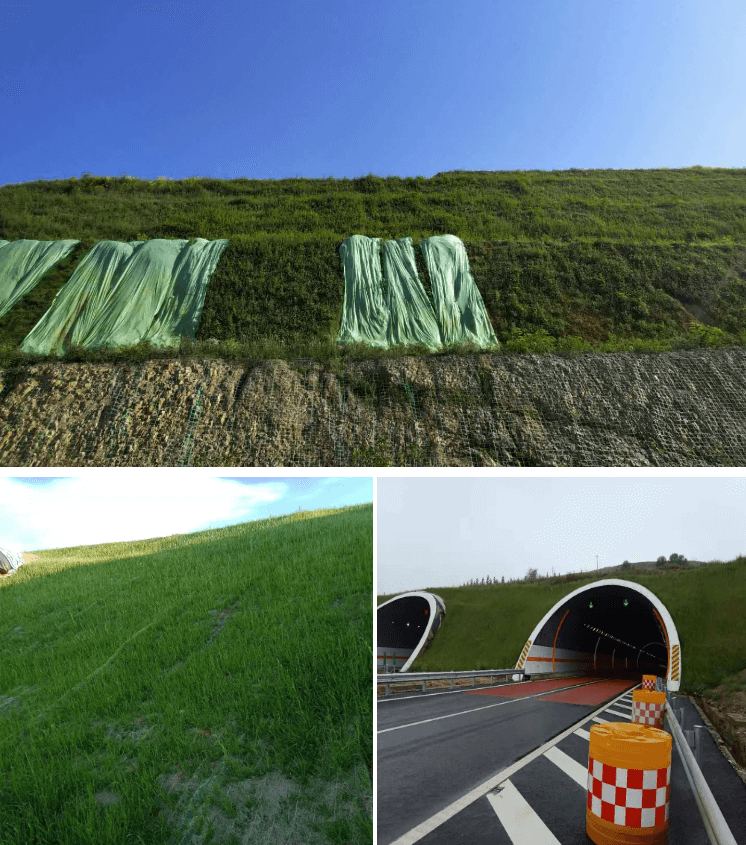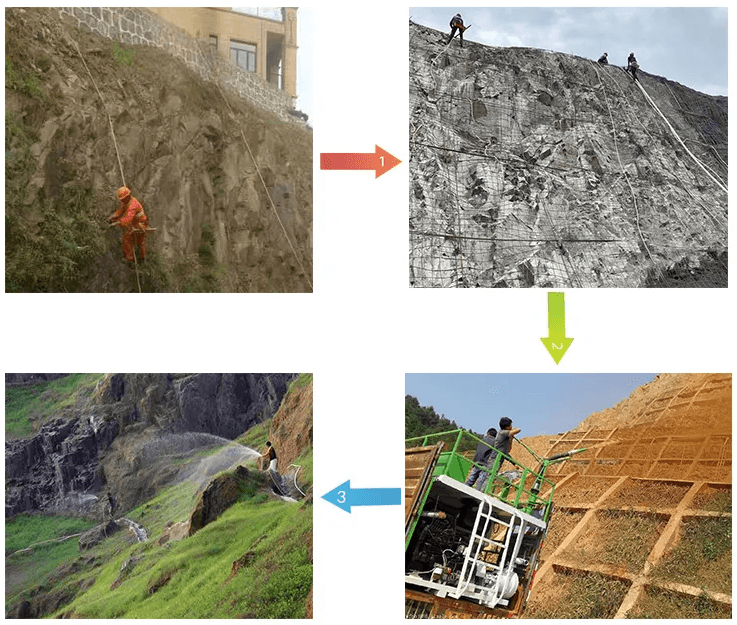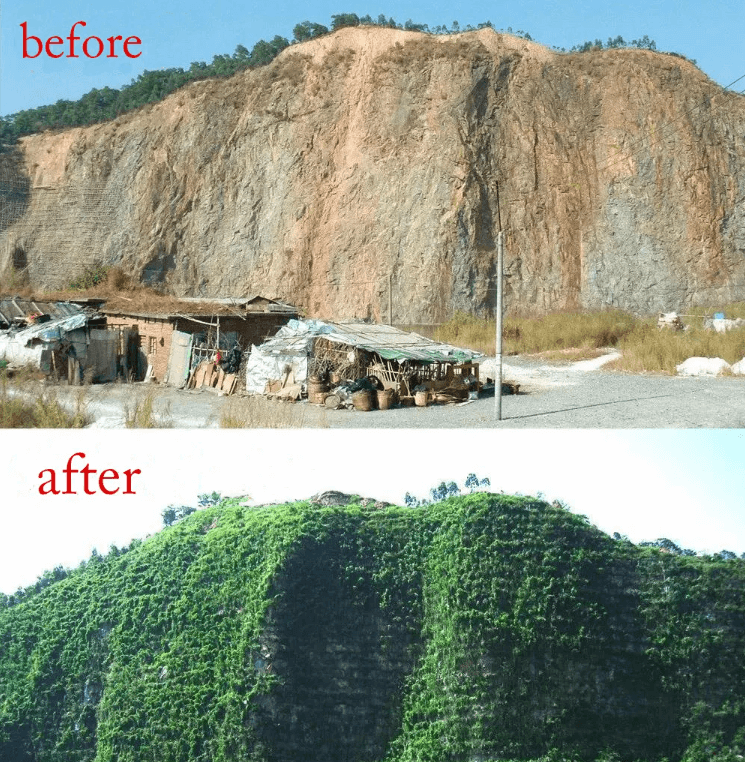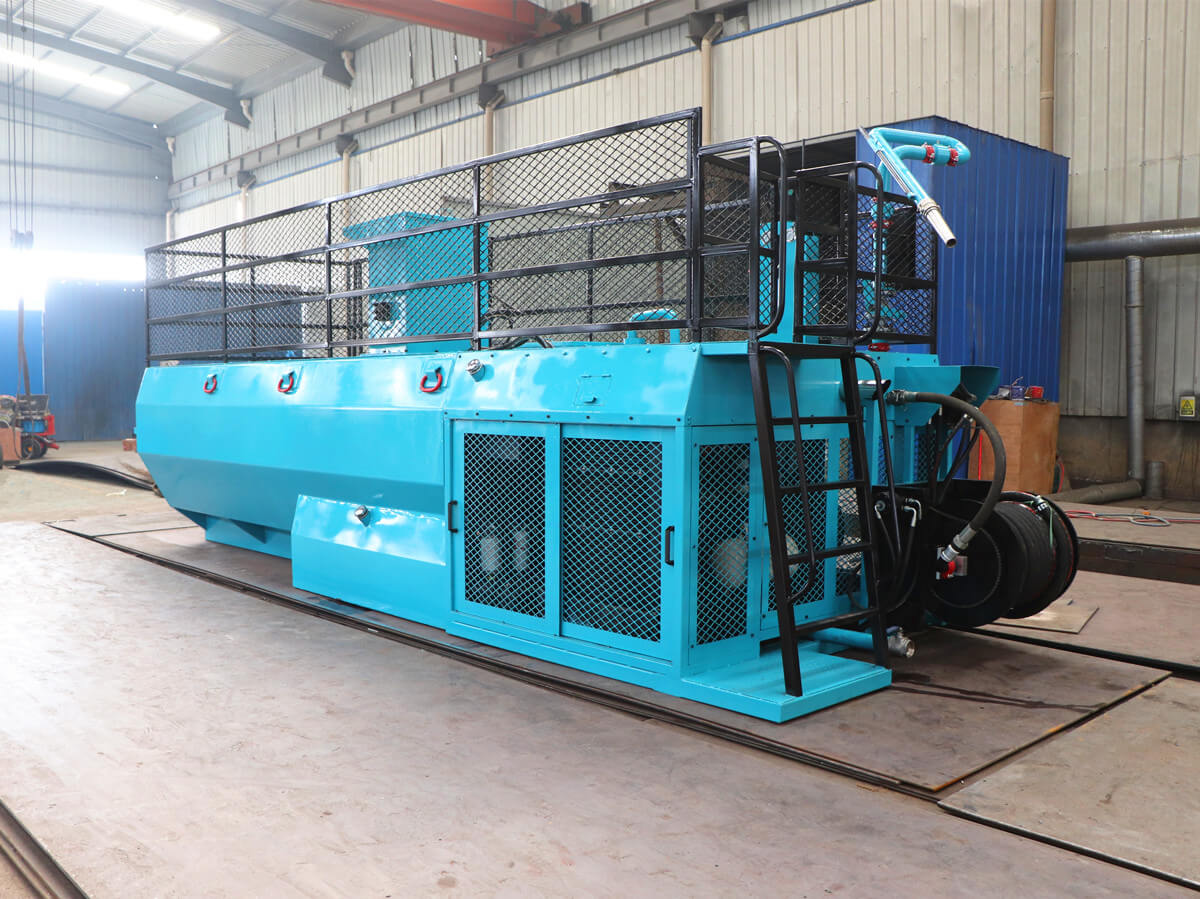Hydroseeding, spraying grass, spraying planting protection technology is the use of liquid seeding principle, plant seeds with tenacious vitality and can meet various greening functions after treatment and fertilizer, planting soil, fiber materials, water retention agent, adhesive and water into the tank of the soil sprayer in proportion, mixed into a jelly-like slurry, with a high-lift multi-stage booster slurry pump to spray the mixture directly to the slope or lead the hose to the slope to form a plant seed layer protected by a uniform covering layer, and then lay non-woven protection , and a construction technology for forced greening of slopes.
Mine waste land refers to untreated unusable land damaged during mining or quarrying.
Mine waste land classify:
1. Waste rock accumulation formed by stripping topsoil, mined rock fragments and low-grade ore.
2. The mining wasteland formed by the goaf and collapse area left after the ore body is mined.
3. The tailings waste land formed by the accumulation of tailings generated after the ore is selected after the concentrate.
4. Mining surface, mechanical facilities, ore auxiliary buildings and road traffic and other land that is first occupied and then abandoned.
Hydroseeder for mine greening, mine restoration, that is, the remediation of pollution in mining wasteland to achieve the reuse of land resources. The mining process will produce a large amount of unusable land without treatment, also known as mining wasteland, and there are various pollution caused by production in the wasteland.
Most mining wastelands are mainly heavy metal pollution and mine acid drainage pollution, and the treatment content is mainly ecological restoration and pollution control. Mine pollution remediation is constrained by topography, climatic characteristics, hydrological conditions, soil physicochemical biological characteristics, topsoil conditions, potential pollution and other factors, so the selection of remediation technology and implementation plan needs to consider the influence of various factors.
1. Slope treatment measures
The main work of slope treatment is to stabilize the slope. The task of this process is to remove dangerous rocks, descend and cut the slope, form the cliff that has not formed steps as much as possible into a water platform step, and reduce the slope slope below a safe angle to eliminate the hidden danger of collapse. The treated slopes are then regreened to further stabilize them.
2. Restoration of mine water resources
The damage to water in mining is manifested in the impact on surface water and groundwater, respectively. The pollution of surface water and groundwater can be removed by constructing constructed wetlands and tolerating the action of plants and microorganisms. On the other hand, the lack of surface water and the decline in groundwater level caused by excessive water extraction require the gradual solution of this problem by properly diversion to alleviate the pressure of water shortage and build a water storage system.
3. Tailings treatment measures
Secondary development of tailings that occupy a large amount of land to increase the comprehensive utilization rate of tailings; Develop tailings with large volumes, low investment, and marketable channels to realize large-scale operation and multi-variety development, resource and commercialization, so that they can turn waste into treasure, and truly become part of economic commodities. It is also necessary to treat the wastewater in the tailings dam to meet the standard, and achieve moderate purification of flotation wastewater after reuse and zero discharge. For mines in untreated goafs, waste roadways and chambers, the use of underground goafs to discharge tailings is a method of disposal of tailings banks.
4. Phytoremediation of heavy metal pollution in mines
Heavy metal tolerant plants can not only tolerate heavy metal toxicity, but also adapt to the barren and poor soil structure of the abandoned land, and some resistant plants can also enrich high concentrations of heavy metals, so they are widely used in the remediation of heavy metal contaminated land. Considering the ecological problems that may be brought about by the introduction, and the adaptability of native plants to local climatic conditions, it is necessary to screen heavy metal tolerant plants based on local areas.
5. Soil base layer improvement
The key to the ecological damage caused by mining is land degradation, that is, the change of soil factors, that is, the deterioration of soil physical and chemical properties, nutrient loss and the increase of toxic and harmful substances in the soil in the wasteland. Therefore, soil improvement is one of the important links in the ecological restoration of mine wasteland. Measures that can be taken include:
(1) Off-site soil extraction measures: Under the premise of not destroying the off-site soil, take an appropriate amount of soil, move it to the seriously damaged part of the mine, plant plants on the soil, and repair the damaged soil through plant absorption, volatilization, root filtration, degradation, stability and other effects.
(2) Before topsoil transformation measures, try to pour mud to wrap the waste residue, and then lay a layer of clay compacted to create an artificial water barrier to reduce the underwater infiltration of the ground and prevent the release of highly toxic elements in the waste residue.
(3) Soil fertilization improvement measures: add substances to improve the physical and chemical properties of the soil, thereby shortening the process of vegetation succession and accelerating the ecological reconstruction of mine wasteland.
6. Microbial remediation measures
The ecological restoration of mine wasteland is not enough to restore soil and vegetation, but also to restore the microbial community of the wasteland. Only by improving the function of the ecosystem can the restored wasteland ecosystem be naturally maintained. The restoration of microbial communities involves not only restoring the original communities in the area, but also inoculating other microorganisms to remove or reduce contaminants. The inoculation of microorganisms can consider the following two types: one is anti-pollution strains, some of these bacteria can take pollutants as their own nutrients, decompose pollutants into non-polluting substances, or convert highly toxic substances into low toxic substances; Second, microorganisms that are conducive to the absorption of nutrients by plants, some microorganisms can not only survive under high pollution conditions, but also provide nutrients for the growth of plants, such as nitrogen fixation, phosphorus fixation, and improve the microenvironment. The damage to the ecological environment of mines in China is relatively complicated, and in order to curb the further deterioration of the ecological environment of mines, it is necessary to establish a multi-channel investment mechanism with the participation of all parties according to the actual situation of China's ecological environment construction, in order to promote the restoration and governance of the ecological environment of mines, prevent the increase of new pollution and damage, and gradually restore the good state of the ecological environment of mines.
If you want to buy a hydroseeder for mine greening, mine restoration, or want to get more product information, please leave a message directly on the website, chat, or send us an email, email address: sales1@leadcrete.com
Your position:
Home > News > Product News
Hydroseeder for mine greening, mine restoration
date: 2023-03-20
Inquiry
Please feel free to submit your inquiry information to us. We will contact with you as soon as possible.


.jpg)
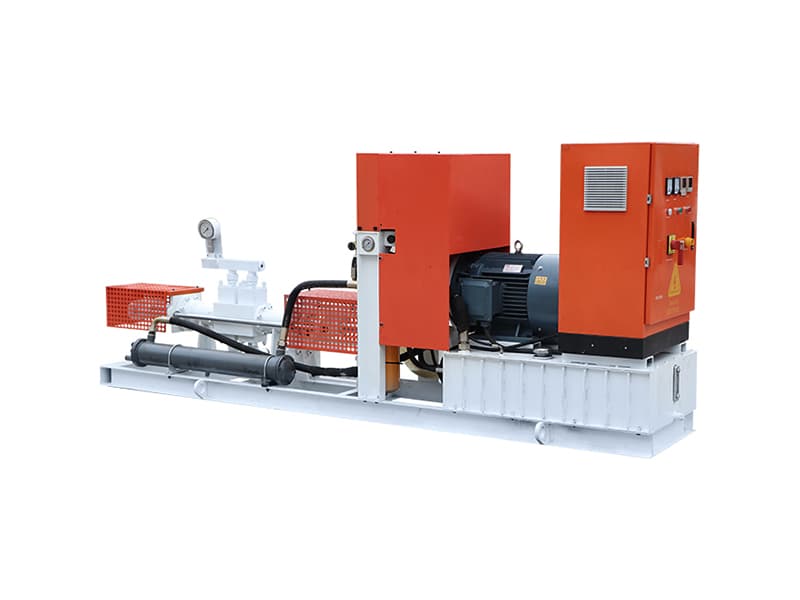
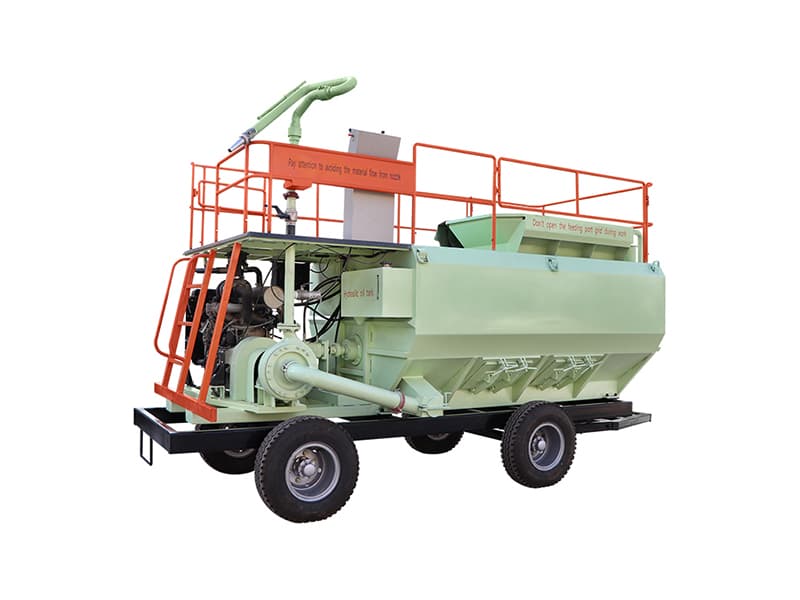
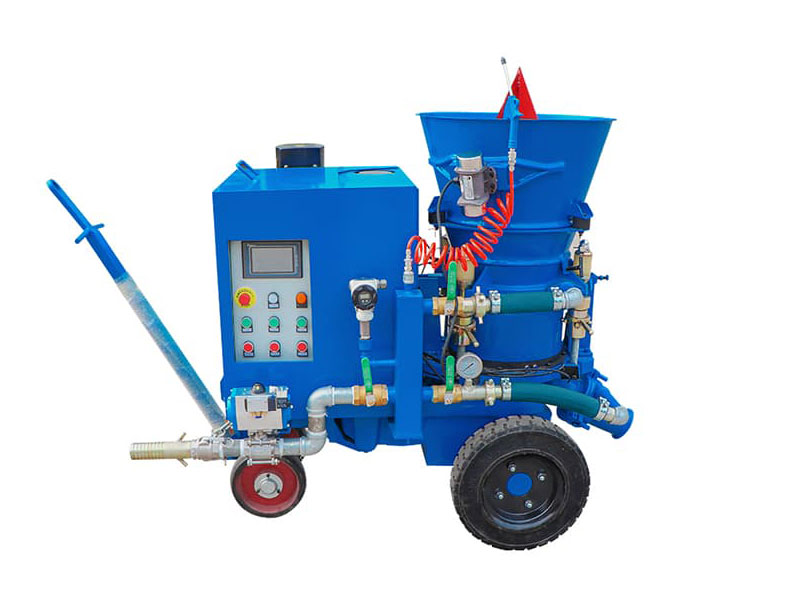

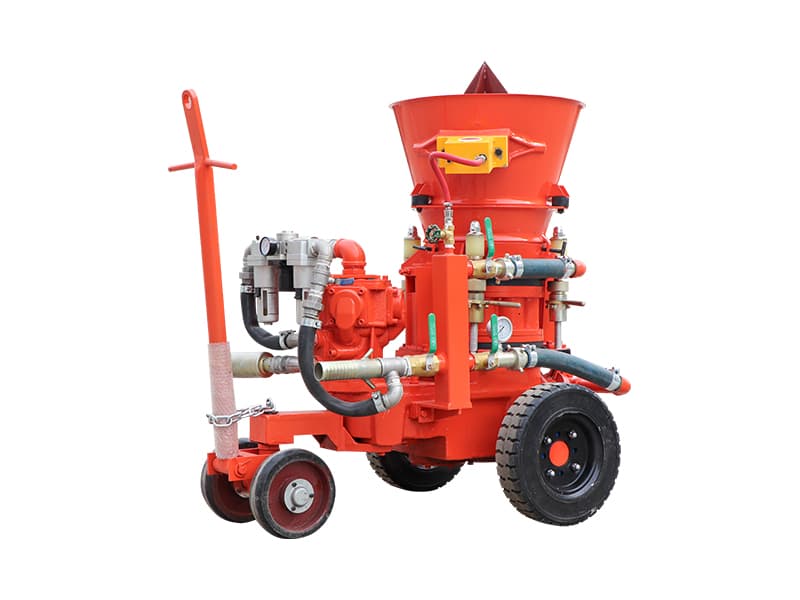
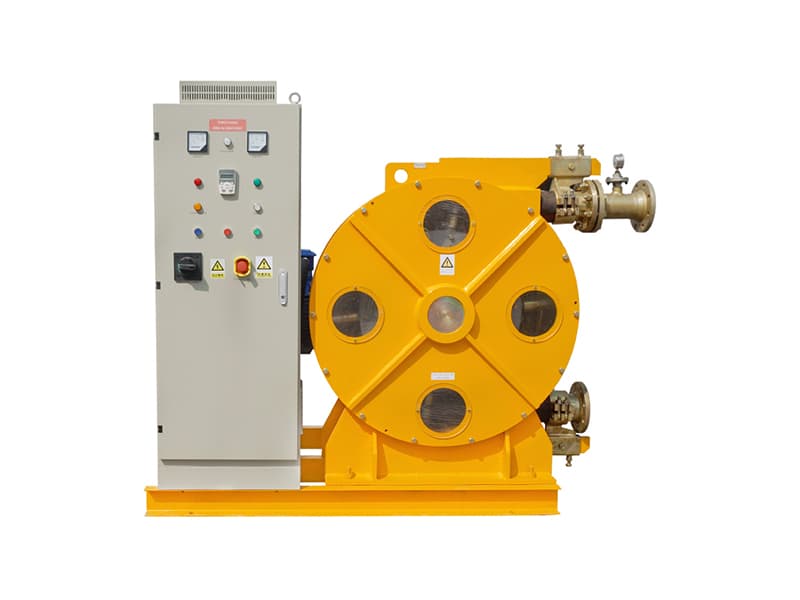
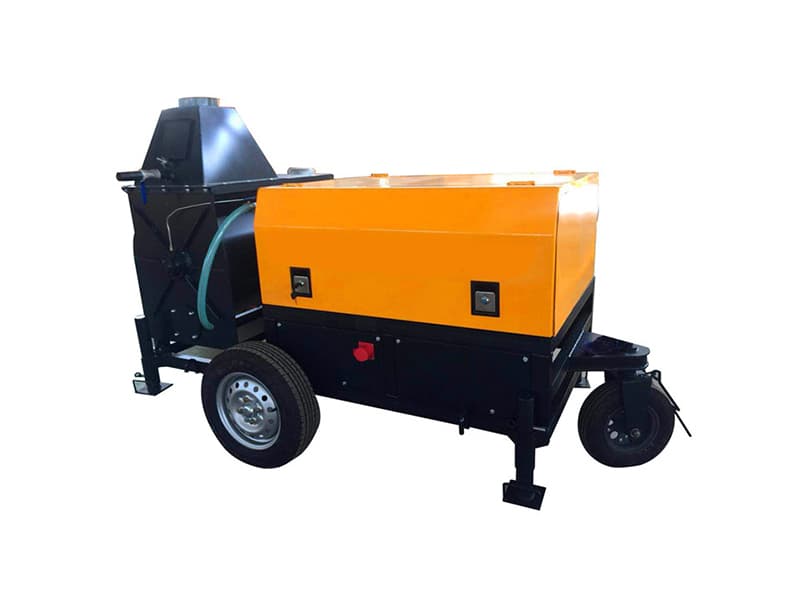
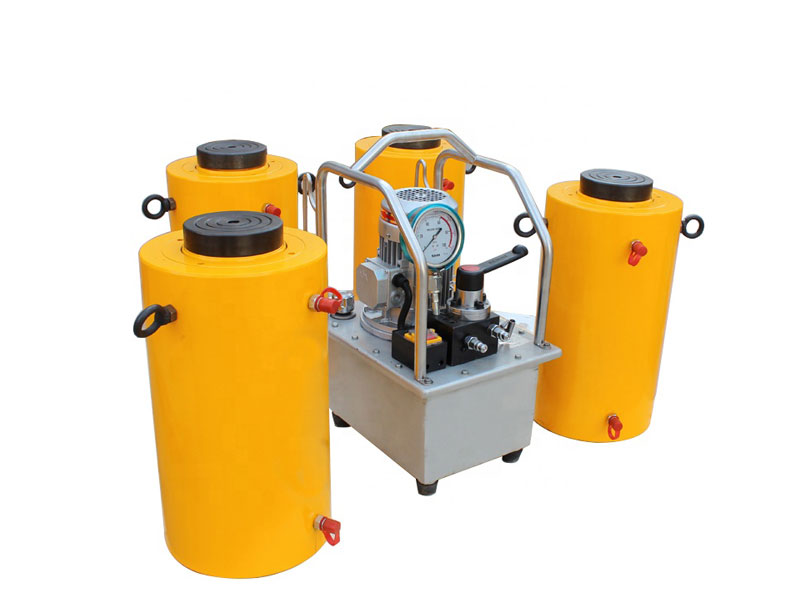
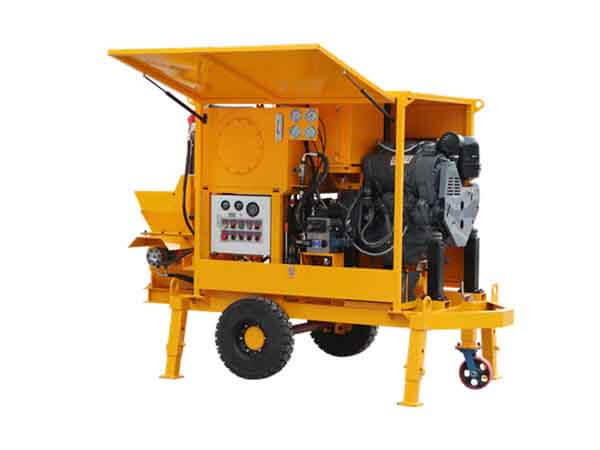
.jpg)

